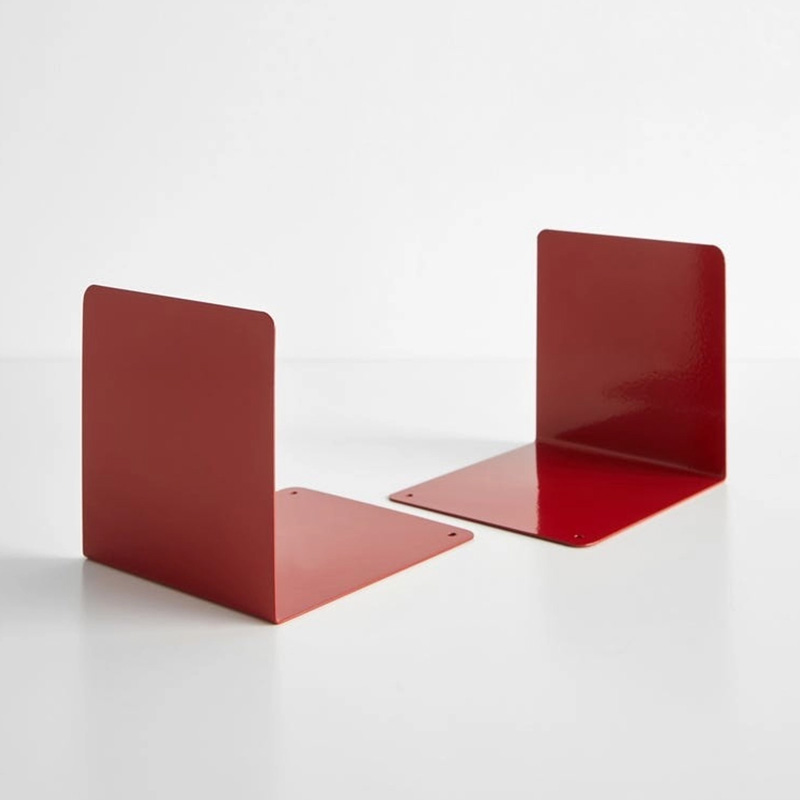
Ever wonder how aerospace components withstand extreme conditions or why medical implants fit human anatomy so precisely? Behind these marvels lies CNC metal fabrication – the unsung hero of modern manufacturing. While most recognize its basic function, few understand its game-changing advantages. Let’s uncover these hidden perks redefining what’s possible in metalwork.
CNC metal fabrication achieves tolerances as tight as 0.01mm – unthinkable with manual methods. This microscopic precision ensures aerospace components fit perfectly under stress and medical devices operate flawlessly inside bodies. Forget “close enough”; we’re talking perfection measured in microns.
How does it work? Computer-guided tools eliminate human error. Once programmed, machines produce identical parts every time. Take titanium spinal implants: They require surface smoothness under Ra 0.8μm to prevent tissue irritation. Only CNC delivers this consistently. Precision isn’t just nice-to-have; it’s non-negotiable in critical applications.
Our team’s 2025 medical project revealed this dramatically. When machining TC4 titanium alloy bone plates, conventional methods caused surface variations up to Ra 1.2μm. Switching to 5-axis CNC metal fabrication brought roughness down to Ra 0.65μm consistently – meeting strict ISO 13485 medical standards :cite[3]:cite[7].
Traditional machining struggles with curves, undercuts, or internal features. Not so with modern CNC metal fabrication. Five-axis systems maneuver tools at impossible angles, creating organic shapes in single setups.
Consider aircraft turbine blades with aerodynamic contours. Or orthopedic implants mimicking bone structures. These aren’t just “complex” – they’d be impossible without multi-axis CNC capabilities.
Imagine machining a ship model inside a glass bottle. Conventional CNC? No chance. But hybrid AM-CNC machines print and mill simultaneously. They literally build the ship inside the “bottle” layer by layer, milling surfaces as they go :cite[6]:cite[10]. Mind-blowing? Absolutely. Now this solves previously “undoable” design challenges.
From aluminum to Inconel, CNC metal fabrication handles diverse metals effortlessly. Each material behaves differently though:
| Material | Challenge | CNC Solution |
|---|---|---|
| Aluminum Alloys | Softness causes gumming | High RPM, sharp tooling |
| Stainless Steel | Work hardening | Constant feed rates |
| TC4 Titanium | Poor thermal conductivity | Coolant optimization & 5-axis |
Fun fact: Titanium’s heat sensitivity actually improves with CNC. Our medical projects use compressed-air coolants instead of liquids to prevent contamination while controlling heat :cite[7].
Why choose between adding or removing material when you can do both? Hybrid machines combine 3D printing with precision machining – a revolutionary duo. Here’s the breakdown:
This approach builds conformal cooling channels inside molds – impossible with pure machining. Productivity jumps 70% while eliminating EDM processes :cite[6].
Titanium/aluminum powders demand argon environments. Exposed to air? They become explosive! Always use wet-vac systems for cleanup – standard vacuums risk fires :cite[10].
Here’s a counterintuitive truth: Advanced CNC metal fabrication saves money long-term. Initial investments pay back fast:
| Factor | Traditional | CNC/Hybrid |
|---|---|---|
| Setup Changes | Hours (manual adjustments) | Minutes (program swap) |
| Labor Cost | $40/hr (skilled machinist) | $15/hr (machine tender) |
| Material Waste | Up to 30% | Under 5% |
Real data: Automotive clients report 68% faster production using multi-axis CNC versus conventional methods :cite[4]:cite[5].
Remember spending weeks on prototypes? CNC slashes that to days. One medical device team accelerated from 6 iterations/year to 30 using these steps:
This speed explains why 78% of hardware startups now use CNC metal fabrication for functional prototypes versus 3D printing alone :cite[8].
✓ Verify tool paths via simulation software
✓ Confirm material certificates meet specs
✓ Schedule CMM inspection windows
✓ Plan deburring/finishing workflow
✓ Allocate scrap recycling bins
A: For 1-10 units, CNC costs 20-50% more. But beyond 50 pieces? CNC becomes cheaper due to faster cycle times. Rule of thumb: Use 3D printing for prototypes under 5 units, CNC for production runs :cite[8].
A: Absolutely! 5-axis machines excel here. One trick: Use barrel cutters for smooth curvatures. Just ensure tool accessibility in deep cavities during programming.
A: Aluminum 6061 machines beautifully to mirror-like states. For harder metals, stainless steel 303 offers superb machinability. Avoid gummy metals like pure copper without specialized tooling.
The hidden perks of CNC metal fabrication – micron precision, geometric freedom, and hybrid capabilities – transform manufacturing constraints into possibilities. From life-saving implants to Mars-bound rockets, these advantages empower innovations once deemed fantasy. Ready to leverage them in your next project?